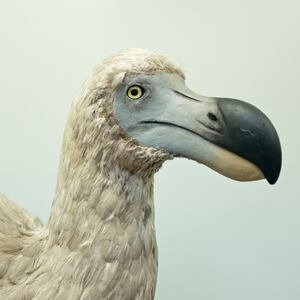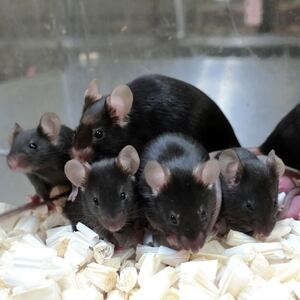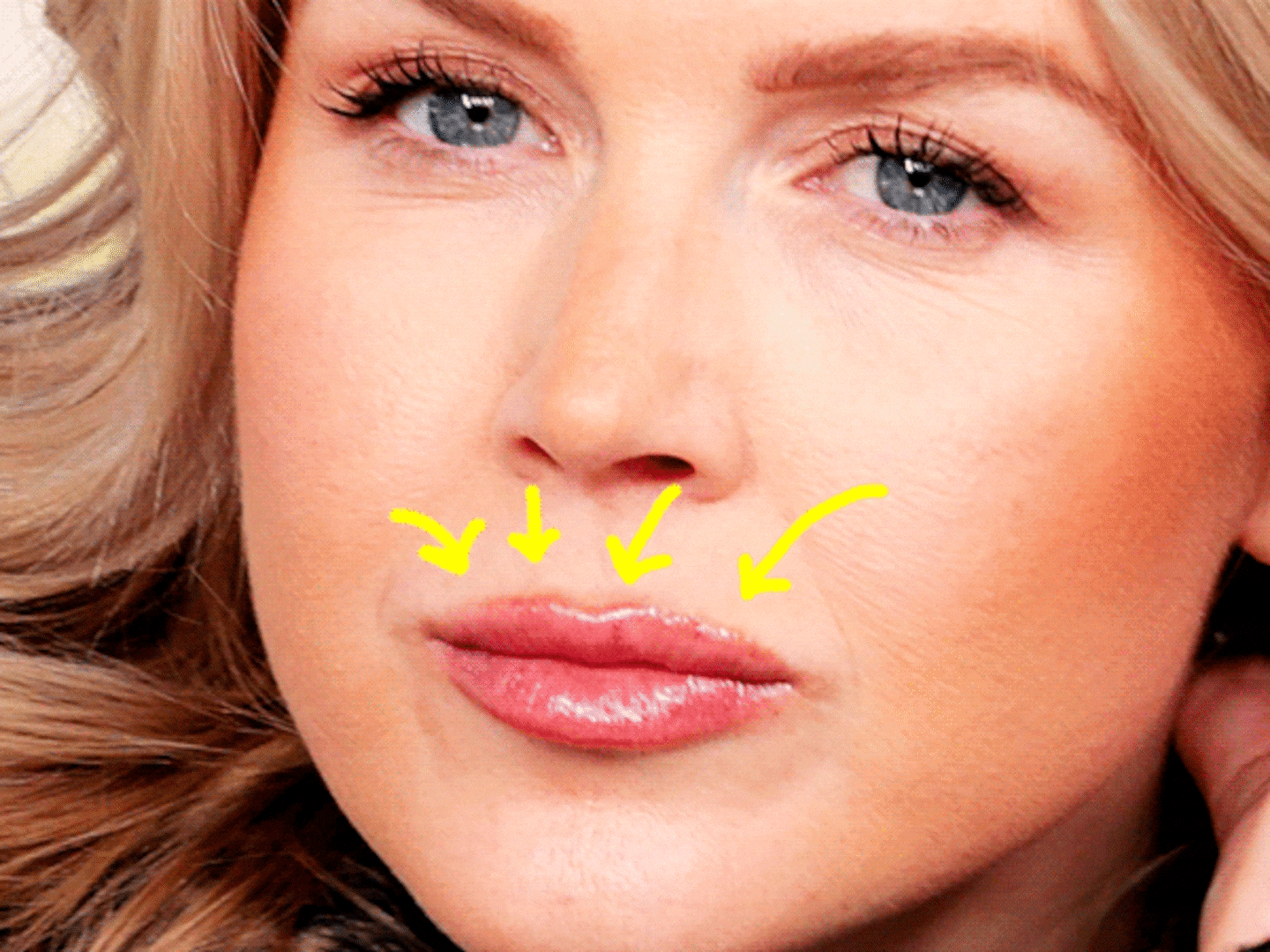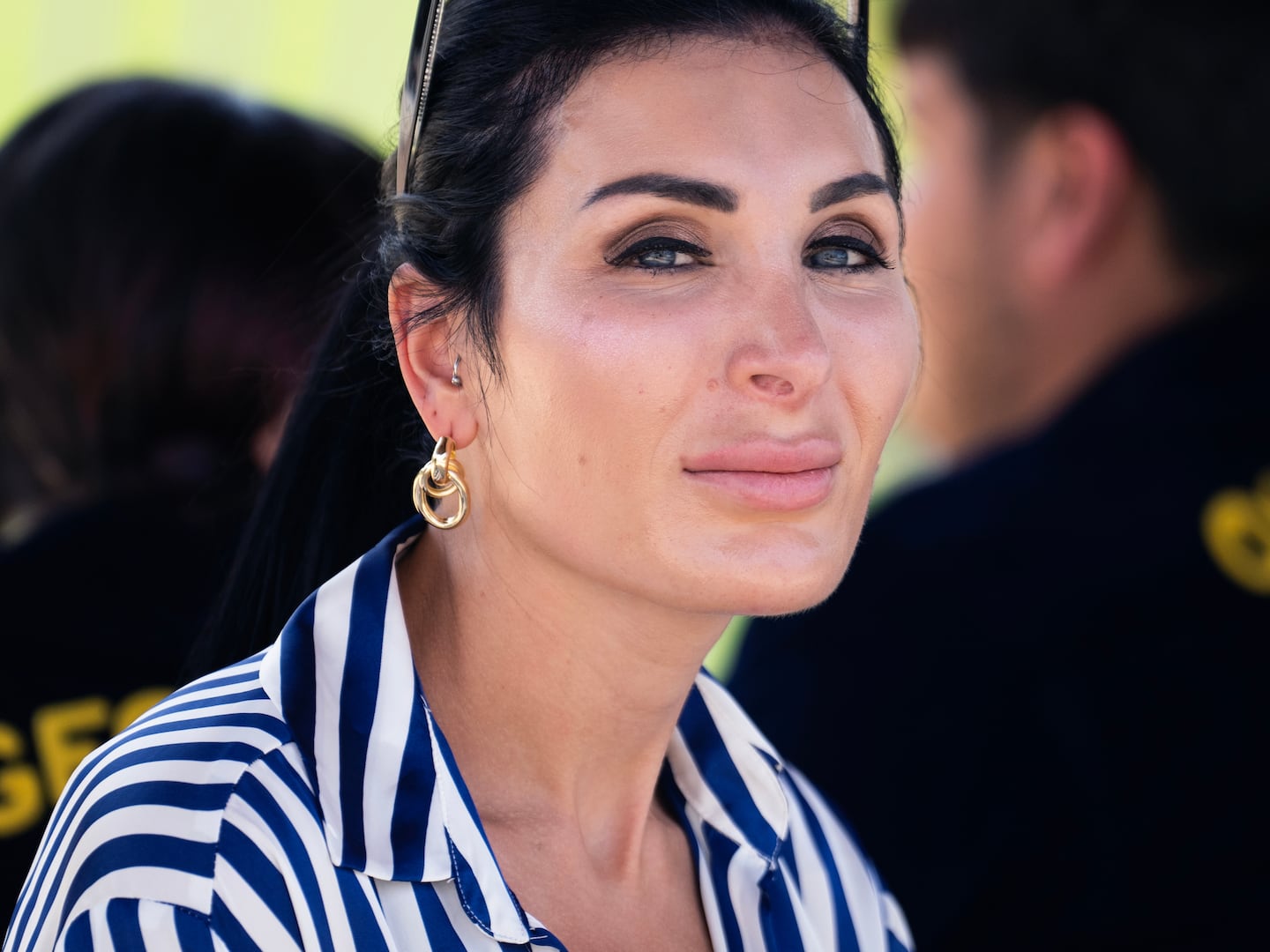In the Dr. Seuss children’s book Horton Hears a Who!, Horton the elephant goes to great lengths to protect the planet of Whoville, so tiny that it exists on a single speck of dust. It turns out, though, that Horton should have been worried about himself, too: According to new research on island-dwelling species, the tiniest and largest are most threatened with extinction.
An international team of evolutionary biologists led a study into the Hortons and Whos of the world’s islands, finding that the more they differed in body mass from their mainland counterparts, the greater their risk of going extinct. This conclusion becomes all the direr based on the team’s additional finding that humans’ arrival to distant islands around 12,000 years ago escalated extinction rates more than tenfold. Their study was published on March 9 in Science.
“We found that species that underwent more extreme changes in body size—that is, the more extreme dwarfs and giants—were more likely to be threatened or to go extinct,” Roberto Rozzi, a paleontologist at the Natural History Museum in Berlin and a co-author of the study, told The Daily Beast in an email. “Ultimately, many of our dwarfs and giants become so ecologically naive as to perish under what Darwin described as ‘the stranger’s craft of power’—the often devastating effects of non-native species, including humans.”
By their very nature, islands lead to the evolution of unique life forms found nowhere else. Self-contained island ecosystems have idiosyncratic resources and pressures that support extremely peculiar species—in particular, huge and tiny ones. A textbook example of this “island syndrome” is the different species of tortoises living on the Galápagos Islands: giant tortoises are found on seven of the islands and nowhere else, and each island is home to a different subspecies of tortoise. On the other end of the island syndrome spectrum, the island of Crete gave rise to a now-extinct miniature mammoth whose adult form would have been the same size as a baby elephant.
As a paleontologist who works on island mammals, Rozzi said he has always been fascinated by these unique evolutionary changes. “Holding in your hands bones of fossil dwarf elephants and hippos that shrunk to less than one-tenth the mass of their mainland ancestors is quite special—unfortunately, many of these evolutionary marvels are often threatened or already extinct,” he said. The purpose of the study was to investigate “the relationship between their peculiarity and their fragility” and document extinction over a large period of time.
The researchers analyzed nearly 8,000 fossils of animals from 182 islands and used data from the IUCN Red List to determine the proportions of island and mainland animals that are threatened or extinct. To figure out how large or small a given island species was, the team compared its mass to its closest mainland relative's mass.
Across the board, they found that a large difference in body mass between an island species and its mainland counterpart was associated with a higher chance the species was threatened or extinct. This metric was a stronger predictor of extinction risk than body mass alone, or as Rozzi put it, “It’s not so much the size per se that counts, as how much that size varies between mainland and island.”
Why was relative size more important to a species’ persistence than size alone? Perhaps comparative differences between island and mainland body mass are a more accurate indicator of how weird an animal is (or in biological terms, how ecologically naive it is, Rozzi said). Changes to an island’s environment or invasion from mainland species could put these weirdos in jeopardy.
Alternately, large differences in size between an island species and its mainland relative could mean that drastic changes had to take place evolutionarily. A much smaller species of mammoth might have had fused bones, or a much larger tortoise might have spent more time developing in a vulnerable state.
Sustained human presence on the world’s islands, which began tens of thousands of years ago, sped up the extinction process by more than a factor of 10, the researchers found. Still, human meddling did not change the overall trend that the comparatively larger and smaller species were the most jeopardized. This could be due to hunters prioritizing much larger species for a bigger reward, or smaller species for their timidity—or for their novelty, for species that were either much larger or smaller than what mainland humans were used to.
The outlook on the current global extinction crisis is not great. But Rozzi and his team hope that these findings will help focus conservation efforts on islands’ much larger and smaller species. These creatures, they wrote in the study, are “the surviving evolutionary marvels of island life”—a Whoville worth protecting.








